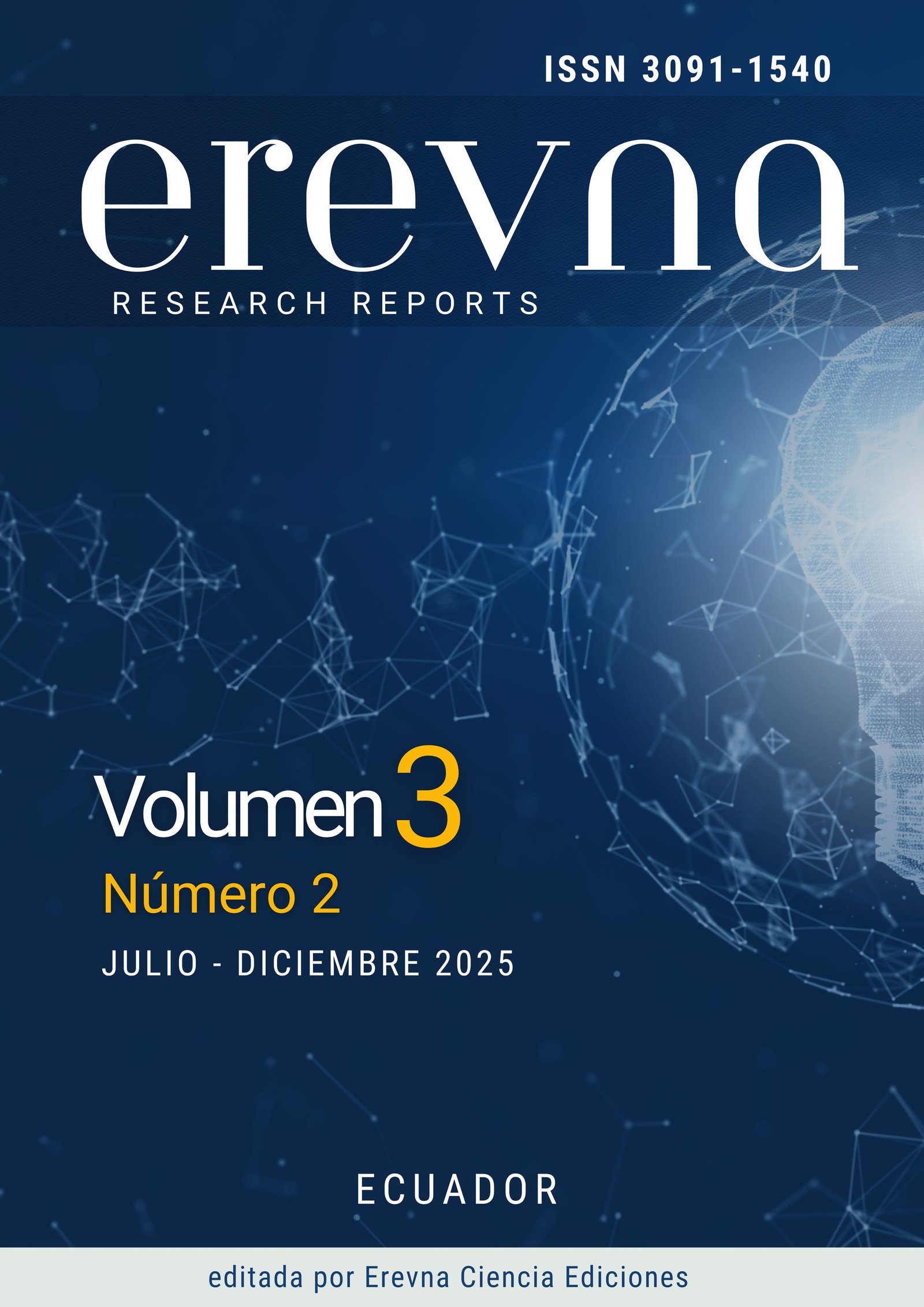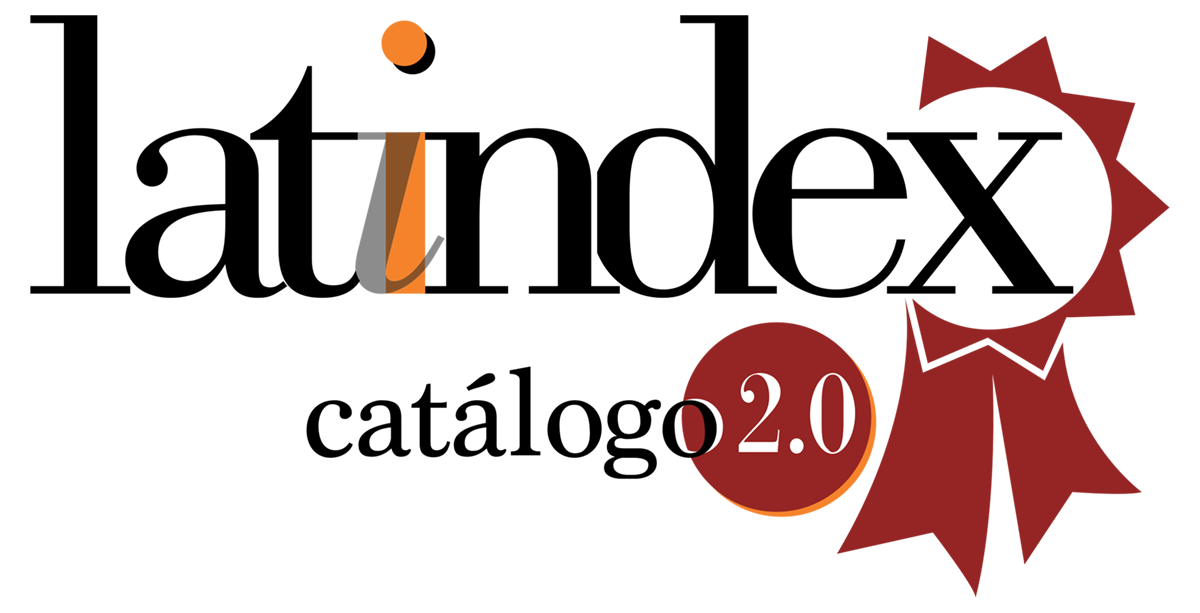Analysis and Projection of Deforestation in the Jamanxim Forest Using Satellite Segmentation and Improved Euler Logistic Model
DOI:
https://doi.org/10.70171/k2v46g71Keywords:
deforestation, logistic model, image processing, satellite segmentationAbstract
Justification: deforestation in the Brazilian Amazon is a critical problem that requires quantitative and predictive methods for monitoring and control. The Jamanxim National Forest, as an area of interest, needs accurate assessments using satellite technology and mathematical models. Objective: to analyze and project deforestation in Jamanxim using satellite images and an improved Euler logistic model. Methodology: images (2000-2019) were processed using HSV segmentation (thresholding and mathematical morphology) to identify deforested areas. The affected area was quantified in km², and a logistic model solved with the improved Euler method was implemented to project 10 years of deforestation, using Python/Google Colab; the satellite images used were taken from NASA Earth Observatory (NASA Earth Observatory, n.d.), which guarantees a reliable and open-access source. This methodological combination, although still with margins of error, provides a useful basis for decision-making aimed at forest conservation. Results: sustained expansion was confirmed, with a progressive increase in deforested areas. The logistic model projected continuous growth, albeit with a theoretical limit. Conclusion: the combination of computer vision and mathematical modeling offers a viable tool for environmental monitoring. The results highlight the urgency of conservation interventions and the usefulness of this methodology for decision-making.
Downloads
References
Bobbadi, C., Nalluri, E., Chukka, J., Wajahatullah, M., & Sailaja, K. L. (2022). HsvGvas: HSV color model to recognize greenness of forest land for the estimation of change in the vegetation areas. En Algorithms for Intelligent Systems (pp. 265–280). Springer. https://doi.org/10.1007/978-981-16-8225-4_21
Boyce, W. E., & DiPrima, R. C. (2017). Elementary differential equations and boundary value problems (11.ª ed.). Wiley.
Burden, R. L., & Faires, J. D. (2011). Numerical analysis (9.ª ed.). Brooks/Cole.
Ferrante, L., & Fearnside, P. M. (2019). Brazil’s new president and “ruralists” threaten Amazonia’s environment, traditional peoples and the global climate. Environmental Conservation, 46(4), 261–263. https://doi.org/10.1017/S0376892919000213
García-Cornejo, T. I., & Salgado-Loor, K. A. (2025). Sostenibilidad de la Cadena de Valor del Cacao Ecuatoriano de Exportación: Percepciones de los Actores Interesados. Erevna Research Reports, 3(2), e2025007. https://doi.org/10.70171/4fmwh293
GIS and Beers. (2024). Pansharpening: mejorando la resolución de imágenes satélite. http://www.gisandbeers.com/pansharpening-mejorando-la-resolucion-de-imagenes-satelite/
González, R. C., & Woods, R. E. (2018). Digital image processing (4.ª ed.). Pearson.
MDPI. (2024). DSNUNet: An improved forest change detection network by fusion of optical and SAR data. https://www.mdpi.com/2072-4292/14/19/5046
MapBiomas. (2023). Relatório anual sobre a cobertura e uso da terra no Brasil – Amazonia Legal. Projeto MapBiomas – Coleção 8. https://mapbiomas.org
Murugesan, K., Balasubramani, P., Murugan, P. R., & Sankaranarayanan, S. (2021). Color-based SAR image segmentation using HSV+FKM clustering for estimating the deforestation rate of LBA‑ECO LC‑14 modeled deforestation scenarios, Amazon basin: 2002–2050. Arabian Journal of Geosciences, 14, 777. https://doi.org/10.1007/s12517-021-07069-4
NASA Earth Observatory. (s.f.). Making sense of Amazon deforestation patterns. https://acortar.link/Ev60L2
Planet Labs. (2024). Planet releases AI-powered forest carbon monitoring product. https://acortar.link/HJaQuv
Procesamiento de imágenes satelitales. (2024). Procesamiento de imágenes satelitales para la determinación de la cobertura vegetal. https://revistas.unilibre.edu.co/index.php/innovando/article/view/11984
Puerta, R.H., Iannacone, J.A., Reátegui, M.E. (2023). Una revisión del uso de imágenes Sentinel-2 para el monitoreo de la cobertura boscosa a nivel global. Ingeniería y Competitividad 25(3); e-30612708. https://doi.org/10.25100/iyc.v25i3.12708
Silva Junior, C. H. L., Pessôa, A. C. M., Carvalho, N. S., Reis, J. B. C., Anderson, L. O., & Aragão, L. E. O. C. (2021). The Brazilian Amazon deforestation rate in 2020 is the greatest of the decade. Nature Ecology & Evolution, 5, 144–145. https://acortar.link/nD81Xb
Tapia Catacora, P. C. (2024). Segmentación de imágenes satelitales aplicadas a la Amazonía peruana con redes U-Net. Universidad Nacional del Altiplano. https://repositorio.unap.edu.pe/handle/20.500.14082/20378
UAO. (2024). Desarrollo de modelos de aprendizaje profundo para la detección de deforestación con Sentinel-2. https://acortar.link/m5IVF1
Ultralytics. (2025). Detección de la deforestación mediante IA. https://www.ultralytics.com/es/blog/harnessing-ai-to-combat-deforestation
Umbaugh, S. E. (2010). Digital image processing and analysis: Human and computer vision applications with CVIPtools (2.ª ed.). CRC Press.
UNFCCC REDD+. (2024). Protocolo de procesamiento digital de imágenes para cuantificación de deforestación. https://redd.unfccc.int/files/anexo_a_protocolo_procesamiento_digital.pdf
World Resources Institute. (2025). Global Forest Watch: Forest monitoring, land use & deforestation. https://www.globalforestwatch.org
Downloads
Published
Issue
Section
License
Copyright (c) 2025 William Alfredo Jiménez-Gómez, Alejandra Moreno-Rojas (Autor/a)

This work is licensed under a Creative Commons Attribution-NonCommercial-ShareAlike 4.0 International License.





















